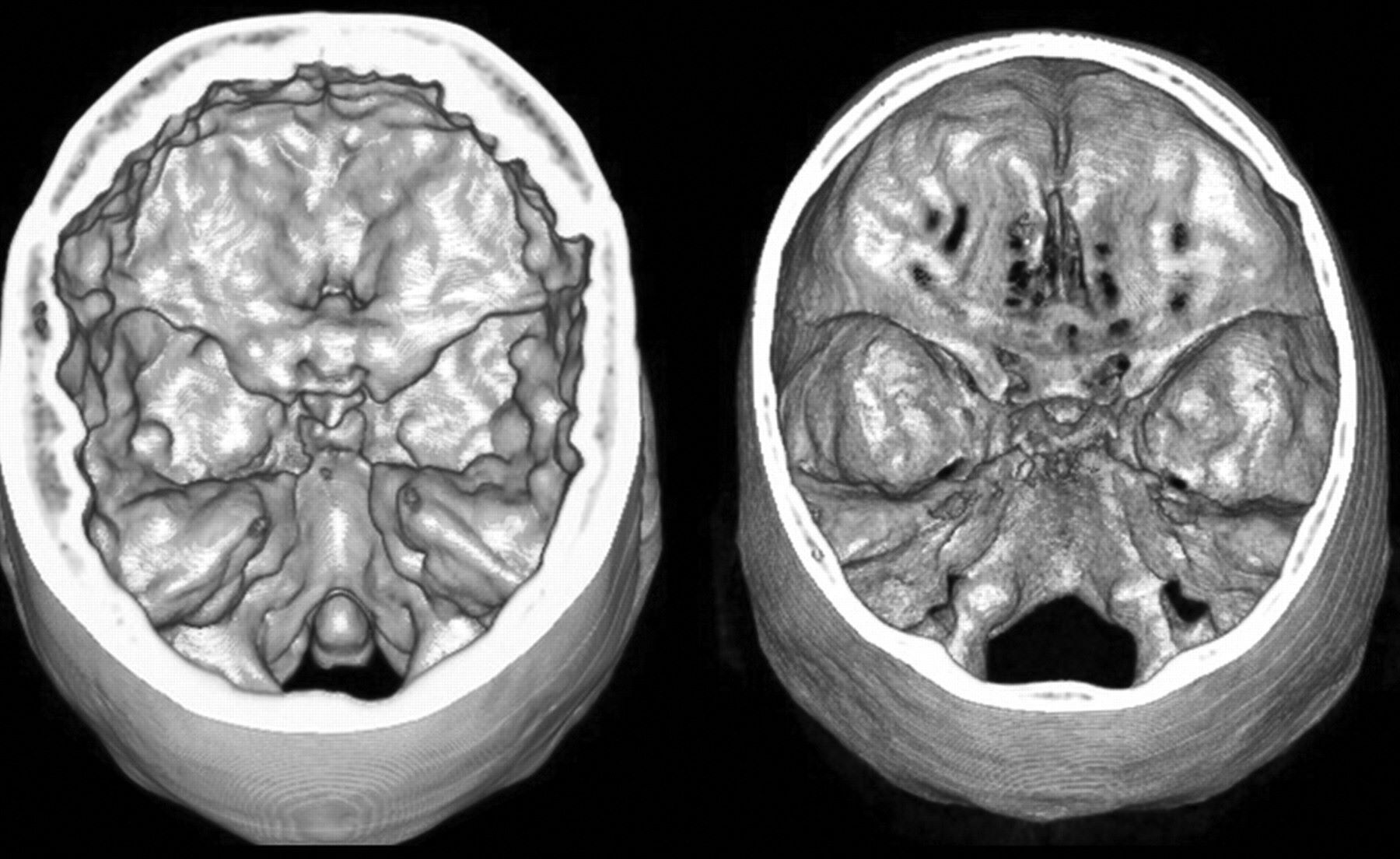
Cenani–Lenz Syndactylism is a rare genetic condition that affects the limbs, leading to fused fingers and toes, among other skeletal abnormalities. What causes Cenani–Lenz Syndactylism? This condition stems from mutations in the LRP4 gene, which plays a crucial role in limb and kidney development. Individuals with this syndrome often have fewer fingers or toes, fused bones in the hands and feet, and sometimes kidney issues. Diagnosing this condition involves clinical examination and genetic testing. Treatment mainly focuses on surgical interventions to improve limb function and appearance. Understanding Cenani–Lenz Syndactylism helps in managing its symptoms and improving the quality of life for those affected.
Key Takeaways:
- Cenani–Lenz Syndactylism is a rare genetic condition affecting limbs, causing fusion of bones and reduced mobility. Genetic testing and surgical intervention are key for diagnosis and treatment.
- The Wnt signaling pathway and LRP4 gene play crucial roles in understanding and managing Cenani–Lenz Syndactylism. Ongoing research aims to improve diagnostic and therapeutic strategies for this rare genetic condition.
What is Cenani–Lenz Syndactylism?
Cenani–Lenz syndactylism is a rare genetic condition that affects the limbs. It involves complex malformations of the hands and feet. Let's dive into some key facts about this intriguing syndrome.
-
Definition and Synonyms
Cenani–Lenz syndactylism is also known as Cenani–Lenz syndrome or Cenani–syndactylism. It’s a congenital malformation syndrome affecting both upper and lower extremities. -
Inheritance Pattern
This syndrome follows an autosomal recessive inheritance pattern. Both parents must carry one copy of the defective gene for a child to be affected.
Symptoms of Cenani–Lenz Syndactylism
The symptoms of Cenani–Lenz syndactylism are varied and can affect different parts of the body. Here are some of the main symptoms.
-
Carpal, Metacarpal, and Digital Synostoses
Fusion of the bones in the wrist, hand, and fingers is common. This can limit movement and functionality. -
Disorganization of Carpal Bones
The bones in the wrist may be abnormally arranged, leading to further complications. -
Numeric Reduction of Digital Rays
Affected individuals often have fewer than the normal number of fingers or toes. -
Toe Syndactyly
Fusion of the toes is another hallmark of this syndrome. -
Radioulnar Synostosis
Fusion of the radius and ulna bones in the forearm can occur, limiting arm movement. -
Brachymesomelia
Shortening of the limbs, known as brachymesomelia, is a common feature. -
Radius Head Dislocation
Displacement of the head of the radius bone can lead to reduced mobility and pain. -
Metatarsal Synostoses
Fusion of the bones in the foot can affect gait and overall mobility.
Genetic Basis and Clinical Presentation
Understanding the genetic basis and clinical presentation helps in diagnosing and managing the condition.
-
Genetic Basis
Mutations in the LRP4 gene are linked to Cenani–Lenz syndactylism. This gene is crucial for limb and kidney development. -
Clinical Presentation
Symptoms can vary widely. Common features include bilateral complex syndactyly, oligodactyly, and renal abnormalities. -
Renal Abnormalities
Kidney issues such as agenesis or hypoplasia are frequent in affected individuals. -
Dysmorphic Facial Features
Mild facial abnormalities like ptosis, high-arched palate, and hypertelorism are often present.
Diagnosis and Genetic Testing
Diagnosing Cenani–Lenz syndactylism involves clinical evaluation and genetic testing.
-
Diagnosis
Diagnosis is primarily clinical, often suspected through antenatal ultrasonography. Postnatal confirmation involves physical exams and genetic tests. -
Genetic Testing
Sequencing the LRP4 gene can identify mutations. A heterozygous duplication covering the GREM1 and FMN1 genes has also been reported in a CLS-like form.
Treatment and Prognosis
Treatment focuses on improving limb function and appearance, while prognosis varies based on severity.
-
Treatment
Surgical reconstruction is the main treatment. It aims to release syndactyly and reconstruct fingers. -
Surgical Intervention
Surgery is complex and outcomes vary. Each case requires a tailored approach. -
Prognosis
Prognosis depends on the severity of limb and renal anomalies. Some individuals may experience significant disability.
Associated Malformations and Family History
Other malformations and family history play a role in understanding the syndrome.
-
Associated Malformations
Renal hypoplasia and vertebral anomalies can impact overall health and prognosis. -
Family History
Most cases occur in related families, indicating a high degree of genetic consanguinity.
Ethnic Distribution and Molecular Genetics
The syndrome's occurrence and genetic details provide further insights.
-
Ethnic Distribution
Higher incidence is reported in populations with consanguineous marriages due to increased likelihood of recessive alleles. -
Molecular Genetics
Mutations in the LRP4 gene disrupt normal limb development, leading to characteristic malformations.
Wnt Signaling Pathway and Research
The Wnt signaling pathway and ongoing research are crucial for understanding and managing the syndrome.
-
Wnt Signaling Pathway
Dysregulated Wnt signaling is linked to the syndrome. The LRP4 gene plays a key role in this pathway. -
Research and Future Directions
Research continues to uncover genetic and molecular mechanisms. Future studies aim to improve diagnostic and therapeutic strategies.
Understanding Cenani–Lenz Syndactylism
Cenani–Lenz syndactylism is a rare genetic condition that affects limb development. It’s inherited in an autosomal recessive manner, meaning both parents must carry the gene for a child to be affected. Symptoms include fused fingers and toes, shortened limbs, and sometimes kidney issues. Diagnosis often involves genetic testing to identify mutations in the LRP4 gene. Treatment usually requires surgical intervention to improve limb function and appearance, though outcomes can vary. Research continues to uncover more about the genetic and molecular mechanisms behind this syndrome, aiming for better diagnostic and therapeutic strategies. Knowing these facts helps in understanding the complexities of Cenani–Lenz syndactylism and the challenges faced by those affected.
Frequently Asked Questions
Was this page helpful?
Our commitment to delivering trustworthy and engaging content is at the heart of what we do. Each fact on our site is contributed by real users like you, bringing a wealth of diverse insights and information. To ensure the highest standards of accuracy and reliability, our dedicated editors meticulously review each submission. This process guarantees that the facts we share are not only fascinating but also credible. Trust in our commitment to quality and authenticity as you explore and learn with us.


